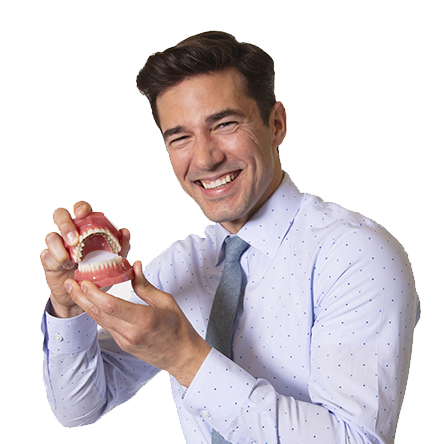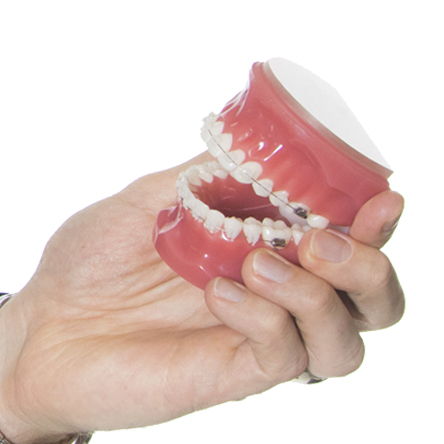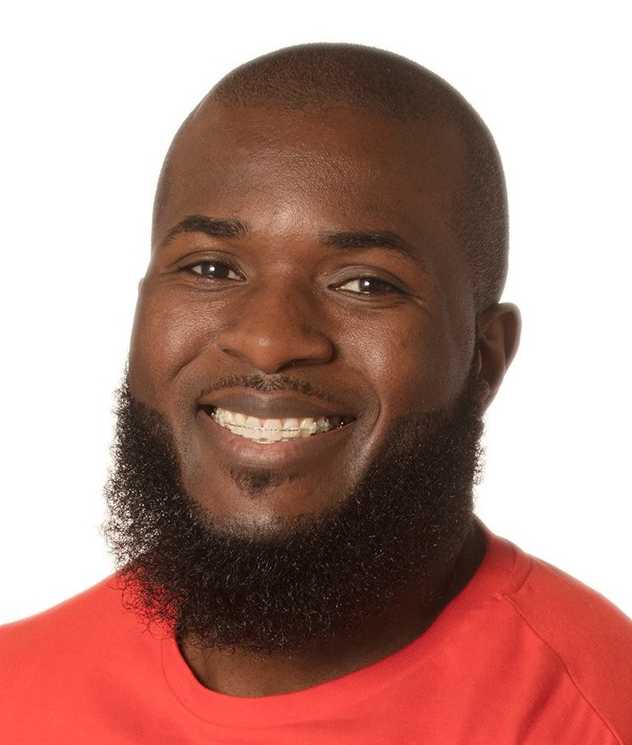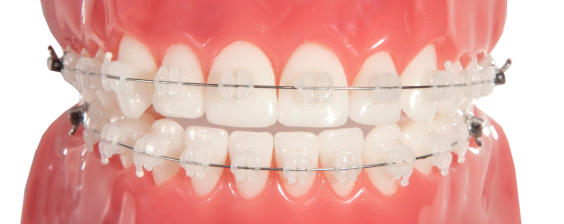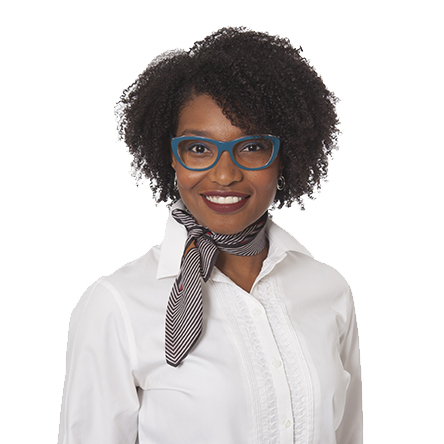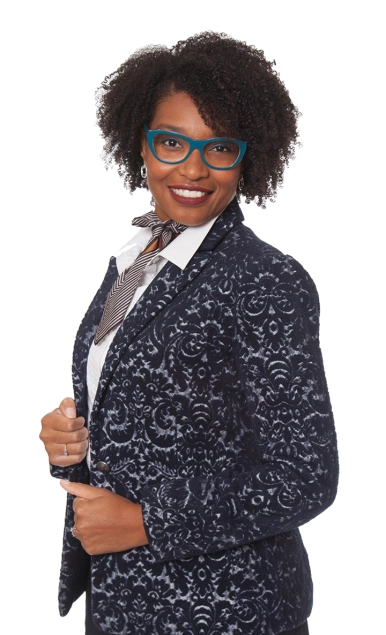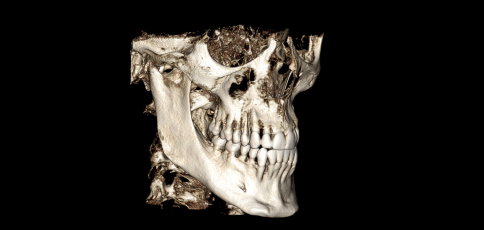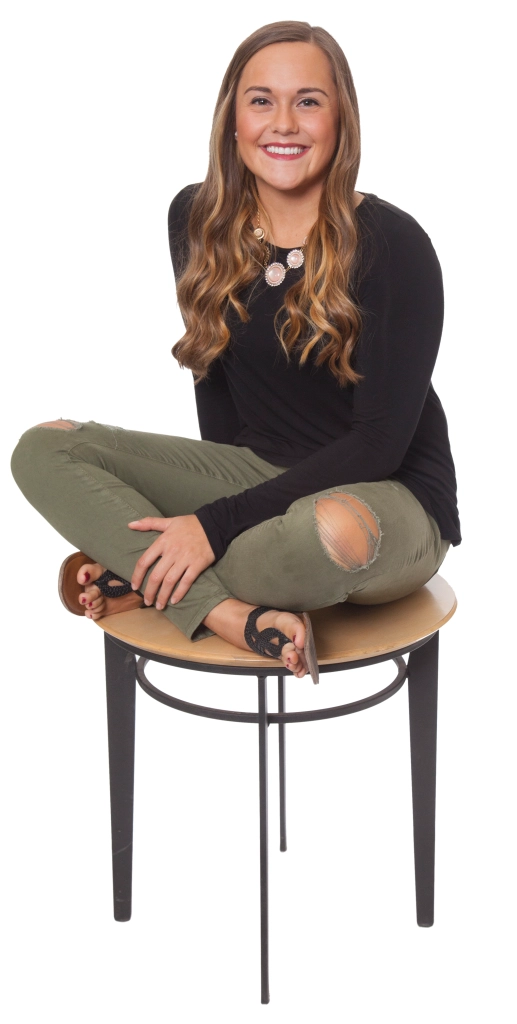All orthodontists are dentists first. Out of 100 dental school graduates, only six go on to become orthodontists.
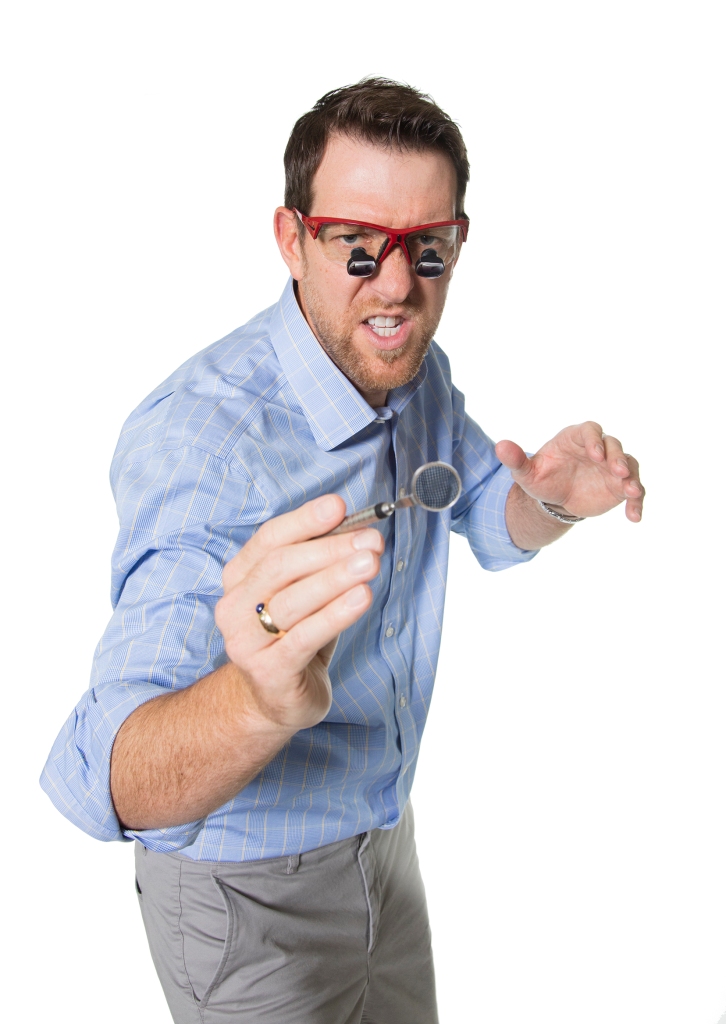
These are the steps in an orthodontist’s education: college, dental school and orthodontic residency program. It can take 10 or more years of education after high school to become an orthodontist. After completing college requirements, the prospective orthodontist attends dental school. Upon graduation, the future orthodontist must be accepted as a student in an accredited orthodontic residency program [on average, there are about 15 applicants for every opening], then successfully complete a minimum of two academic years of study. The orthodontic student learns the skills required to manage tooth movement (orthodontics) and guide facial development (dentofacial orthopedics).
Copyright American Association of Orthodontists 2012








